10 Weight Loss Mistakes Women Over 40 Need to Stop Making Now

Struggling to lose weight after 40? You're not alone. Many women find that strategies that worked in their younger years become less effective as they age. Weight loss expert Louise Digby, Dr. Anthony Balduzzi, founder of The Fit Mother Project and mindset coach Dy Ann Parham, share insights on avoiding common mistakes. Here are ten weight loss errors you might be making and how to fix them.
Following Fad Diets
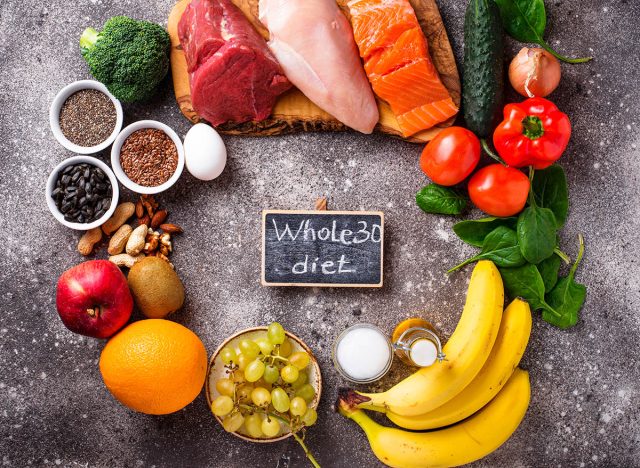
Fad diets like keto or very low-calorie plans promise quick results but aren't sustainable. Digby explains in her video, "When you cut out whole food groups, you're not giving your body all the nutrients it needs." She adds, "Carbs aren't all bad. Your body needs them for energy, brain function, and keeping your metabolism healthy."
Extreme Calorie Restriction

Drastically cutting calories can backfire. Digby warns, "When you don't eat enough, your body slows down to save energy." This makes it harder to lose weight later on. "When you start eating normally again, your body stores extra calories as fat, so you often gain the weight back," she says.
RELATED: I Wore a 25-Pound Vest for a Year and These 7 Things Happened
Relying on Detoxes and Cleanses
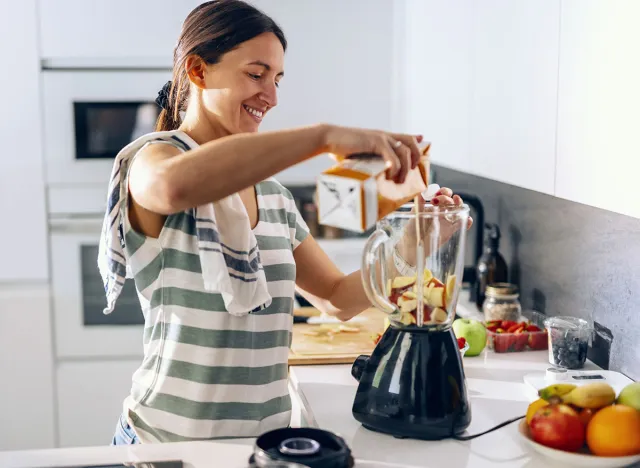
Detoxes and cleanses might sound appealing, but they can do more harm than good. Digby explains, "These programs often promise quick results, making you feel lighter and more energized. But they usually just make you lose water and muscle, not fat." These plans often cut out important foods and don't give your body enough calories, slowing down your metabolism.
Over-Exercising
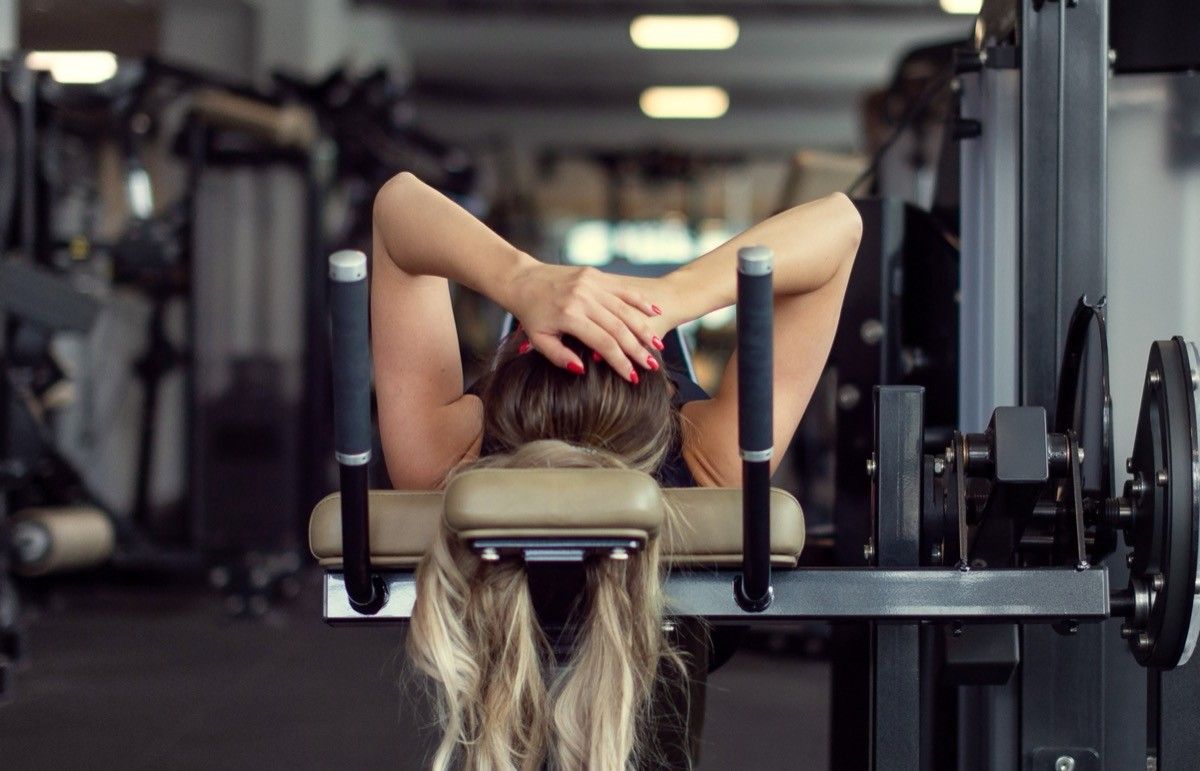
Many women think more exercise is always better, but Digby disagrees: "When you exercise too hard, your body makes more stress hormones. This can make you gain weight, especially around your belly." Dr. Balduzzi adds, "Women in their forties, fifties, and sixties need to lift weights. It is perhaps the single most effective kind of exercise."
Ignoring Age-Related Body Changes

Our bodies change significantly after 40. Digby points out, "Hormones that control our metabolism start to drop. This can make it harder to burn fat and easier to gain weight, especially around the middle." Dr. Balduzzi adds, "When we're in our forties, fifties, and sixties, we typically burn around 200 to 350 less calories per day than when we did when we were in our twenties."
Neglecting the Impact of Stress
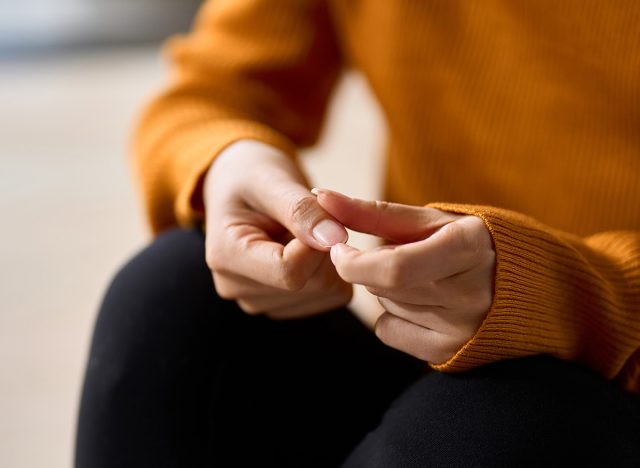
Stress plays a crucial role in weight gain. Digby notes, "Our stress levels often go up as we get older, with work and family responsibilities. More stress can lead to more belly fat." Managing stress is crucial for successful weight loss after 40.
Overlooking the Emotional Aspects of Eating
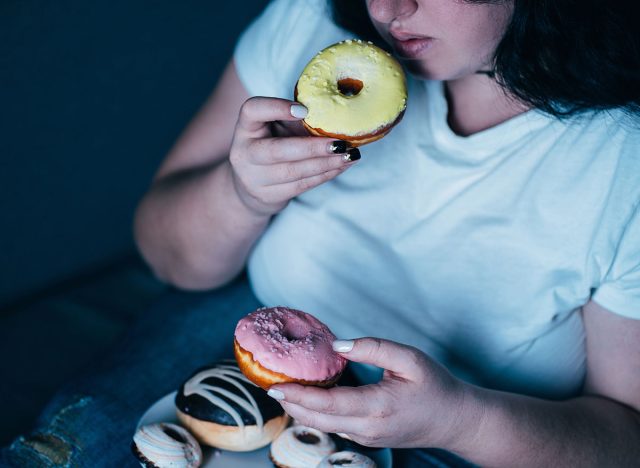
Digby emphasizes the importance of understanding emotional eating. "Food isn't just fuel. It's tied to our feelings," she explains. "If we don't deal with the emotional side of eating, we'll keep regaining weight no matter what diet we try." Becoming aware of why you eat and finding healthier ways to cope with emotions is crucial.
RELATED: 3 Truths I Tell My Patients About 16:8 Fasting as a Medical Professional
Pursuing Unsustainable Weight Loss Methods

Both Digby and Dr. Balduzzi stress the importance of sustainable approaches. Digby states, "If you can't see yourself doing something forever, it won't lead to long-term results." Dr. Balduzzi echoes this: "We don't just want to lose 10 pounds and regain it all back."
Ignoring the Importance of Sleep

Dr. Balduzzi emphasizes the critical role of sleep in weight loss: "Sleep is like the master clock that controls all of our main weight loss hormones, controls cortisol, controls insulin, controls thyroid hormone. When we're not getting enough sleep, we're basically shooting ourselves in the foot when it comes to our weight loss efforts."
Overcomplicating Weight Loss Strategies

Dy Ann Parham advocates for simplicity in weight loss approaches. She says, "Forget about all the nonsense that you're hearing on the internet and just make it simple, fast long, feast well, train smart. You'll be absolutely amazed at how simple this lifestyle can be." Focus on whole, nutritious foods and consistent, enjoyable physical activity rather than complex diet plans.
RELATED: I Achieve My Ideal Body With These 16 Simple Steps Anyone Can Follow
Work With Your Body

Avoiding these common mistakes can help women over 40 achieve lasting weight loss. It's about working with your body's changes, not against them. As Digby concludes, "When you eat and move in ways that suit your body, especially as you age, losing weight becomes much easier." And if you enjoyed this article, don't miss I'm a Nutritionist and Here Are 25 Weight Loss Truths You Need to Hear.




